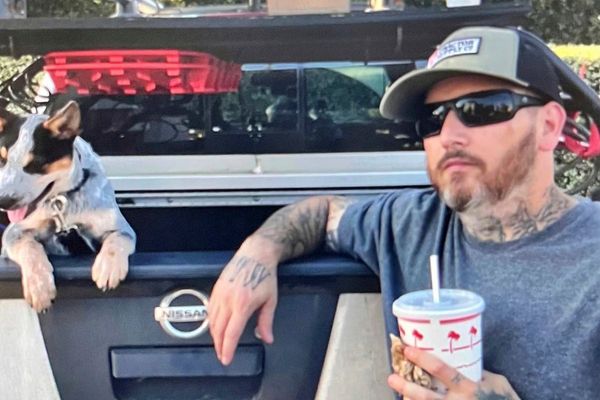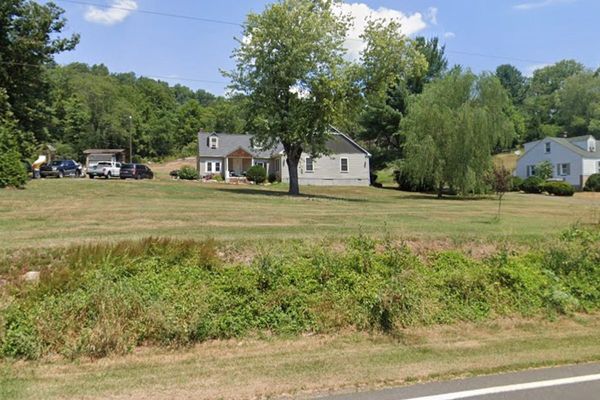Supplied: Jodi Rowley
)A rocket frog that sounds like a "chicken pushing a lawnmower" has been officially recognised as a separate species to the standard crazy chicken frog.
Spalding's rocket frog (Litoria spaldingi) is found from near the NT-WA border to the Gulf of Carpentaria in Queensland.
The species was identified by herpetologist William Hosmer in 1964.
Four years later, famed Australian herpetologist Mike Tyler re-examined the case and delisted Spalding's frog, identifying it as Litoria watjulumensis, or the Wotjulum rocket frog, also known as the "crazy chicken".
The frogs are almost identical and are known for producing, according to the original description, similar "sporadic chicken-like clucks followed by a series of evenly spaced notes which abruptly double in rate".
Supplied: Steve Donnellan
)"These guys are virtuosos when it comes to calling," South Australian Museum head of research and collections Steve Donnellan said.
Dr Donnellan and his peers have used modern methods and DNA techniques in the last few decades to return Spalding's frog to its own pedestal as a separate species.
He put the delisting down to a simple "error of judgement".
Supplied: Stewart Humphreys/Australian Museum
)'Such a weird frog'
The relisting came about in part thanks to an NT citizen scientist known only as Matt, who recorded the bizarre ribbit on an app and helped get Spalding's find out of the wilderness and into the frog hall of fame.
Australian Museum amphibian curator Jodi Rowley said Matt's involvement demonstrated the importance of the FrogID citizen science project.
"They're actually incredibly rarely recorded," she said.
"So the FrogID recordings have some of the best evidence around to help describe the call of Spalding's rocket frog for the first time.
"But more recordings are needed as it's still hard to differentiate between Spaldings and Wotjulum frogs — it's pretty hard because they're so variable.
"Because they are such a weird frog, with that crazy chicken and then going into the lawnmower, or whatever it is, we're going to need a few more for analysis, that's for sure."
The Wotjulum frog is found in the same region and also in the Kimberley.
Supplied: University of Adelaide
)How did science get it wrong?
In the 1960s, Mike Tyler did not have the tools available to modern scientists and Ms Rowley said the similarities of frogs could be deceiving.
"We've been a bit clumsy when we've been identifying them," she said.
"It does take a bit of detective work looking at the calls, looking at the DNA, and looking a little bit more closely at the frogs themselves."
Supplied: Jodi Rowley/FrogID
)There are now 242 identified native frog species in Australia, but Ms Rowley says the discovery is still important.
"This has huge implications when it comes to conservation," she said.
Supplied: FrogID
)More calls to come
Dr Donnellan said all frog species were now getting a closer look.
He expects about 20 to 30 new frog species will be described in the next decade.
"We're all highly motivated to get this job done as quickly as possible because of the potential climate change impacts on water-dependent species," he said.
The frog was named after Philip Spalding Jr, who sponsored the 1960 Spalding-Hosmer American Museum of Natural History Expedition to the NT.
The Irish-born Mr Hosmer was eventually a Queenslander via Canada, and worked for the Chicago Field Museum.
He died in Ingham in 2002.







